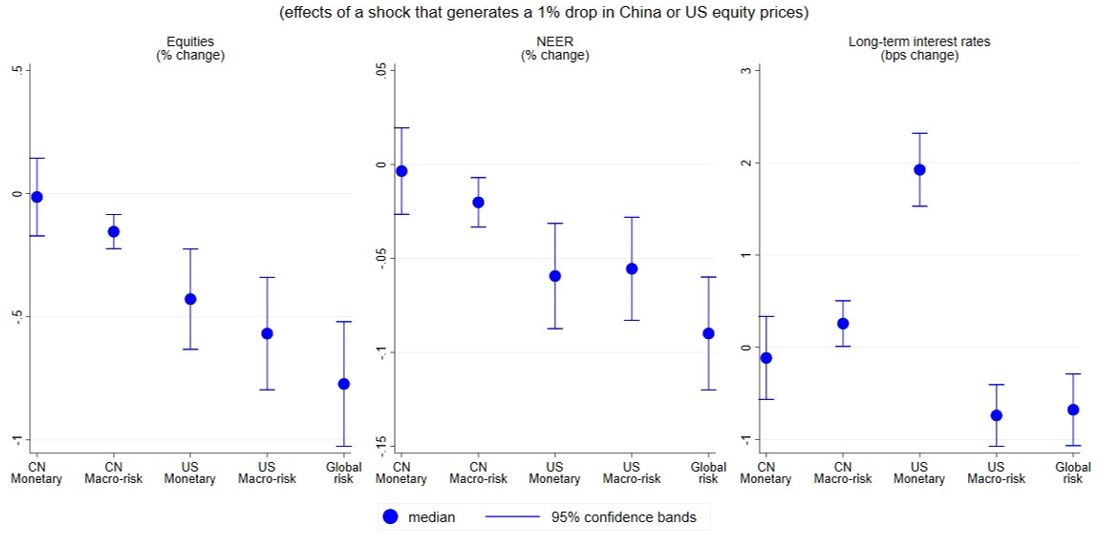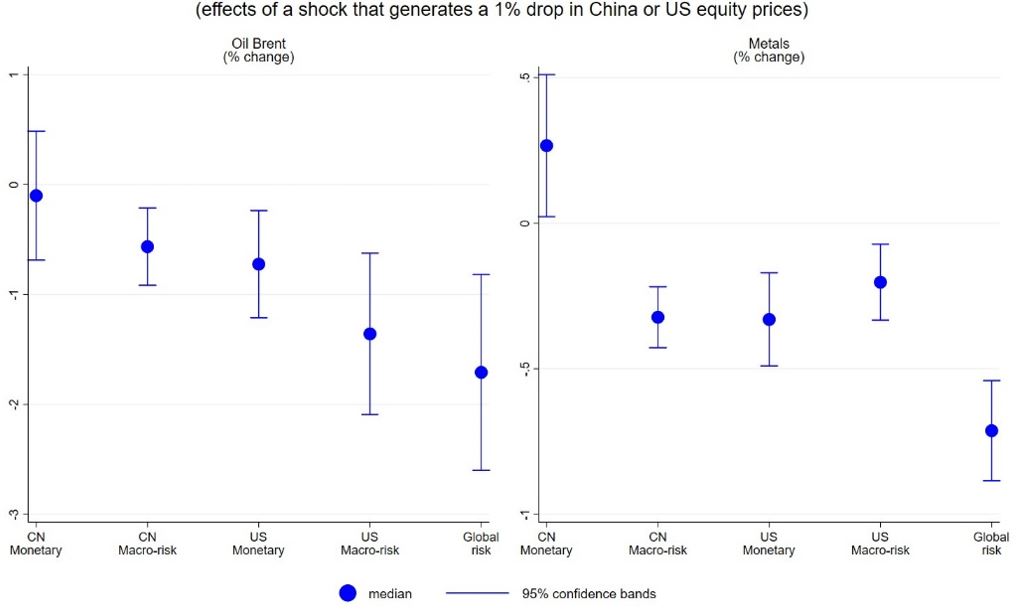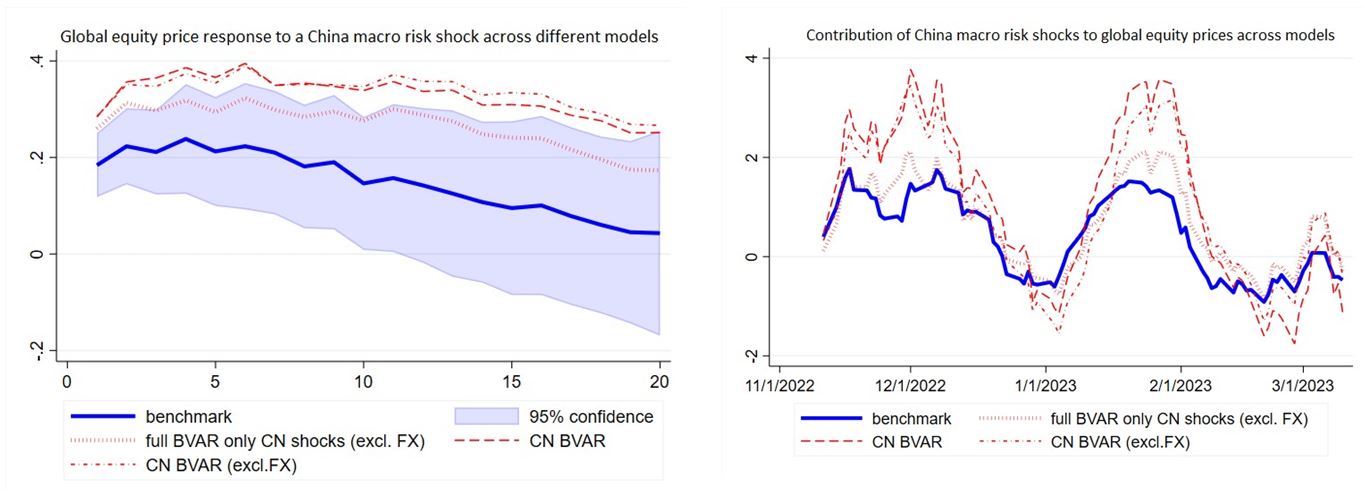References
Brandt, L., Saint Guilhem, A., Schröder, M., and Van Robays, I. (2021). What drives euro area financial market developments? The role of US spillovers and global risk. Working Paper Series 2560, European Central Bank.
Chițu, L., Grothe, M., Schulze, T., and Van Robays, I. (2023). Financial Shock Transmission to Heterogeneous Firms: The Earnings-Based Borrowing Constraint Channel. Working Paper Series 2023/196, International Monetary Fund
Georgiadis, G., Muller, G. J., and Schumann, B. (2021). Global risk and the dollar. Working Paper Series 2628, European Central Ban
IMF (2017). People’s Republic of China: Selected Issues. Technical report
Jordà (2005). Estimation and Inference of Impulse Responses by Local Projections. American Economic Review, 95(1):161–182.
Lodge, D., Manu, A.-S., and Van Robays, I. (2023). China’s footprint in global financial markets. Working Paper Series 261, European Central Bank.
Lodge, D. and Manu, A.-S. (2022). EME financial conditions: Which global shocks
matter? Journal of International Money and Finance, 120.
Miranda-Agrippino, S., Nenova, T., and Rey, H. (2020). Global Footprints of Monetary Policy. Discussion Papers 2004, Centre for Macroeconomics (CFM).
Miranda-Agrippino, S. and Rey, H. (2020). U.S. Monetary Policy and the Global Financial Cycle. Review of Economic Studies, 87(6):2754–2776.
Rey, H. (2015). Dilemma not Trilemma: The Global Financial Cycle and Monetary Policy Independence. CEPR Discussion Papers 10591, C.E.P.R. Discussion Papers.






